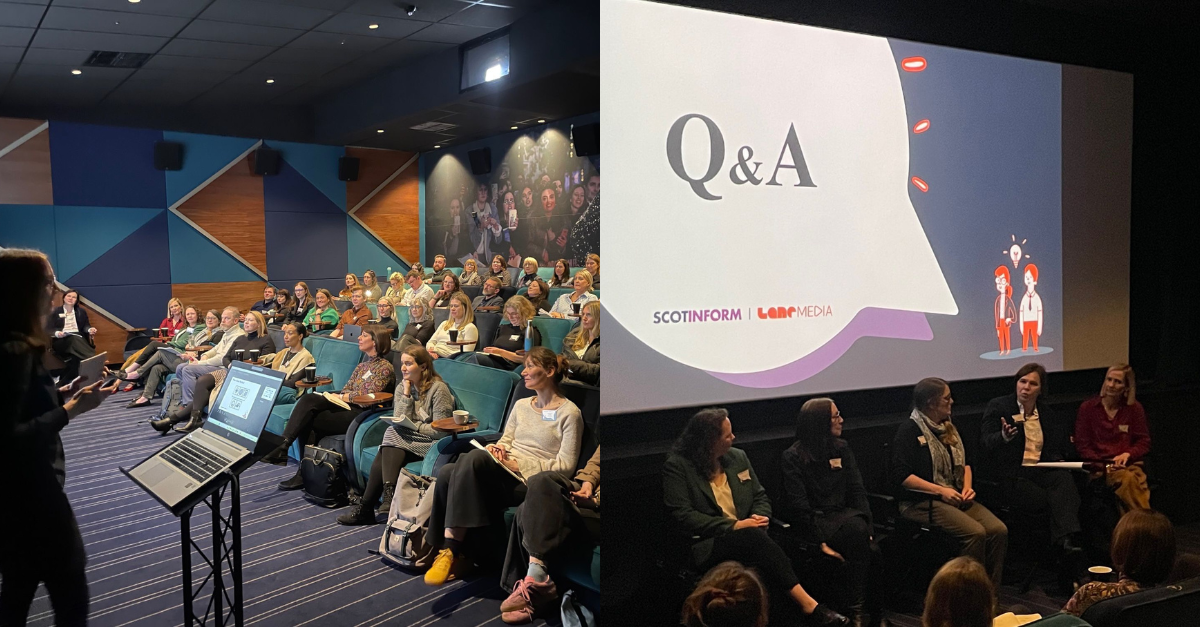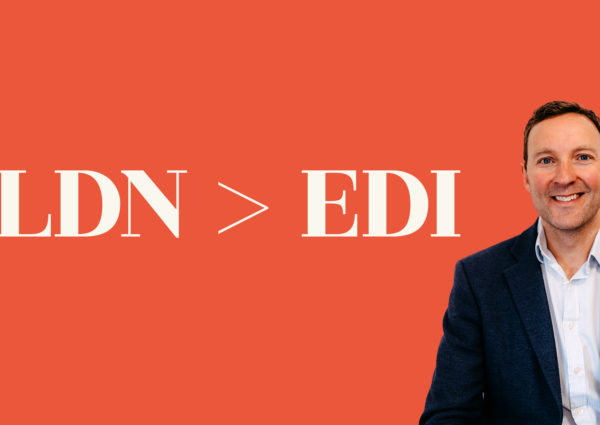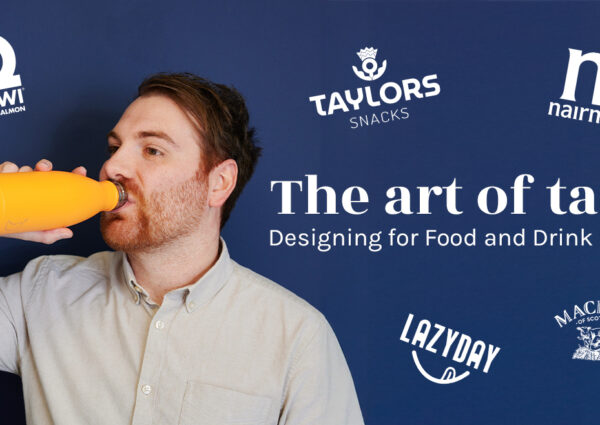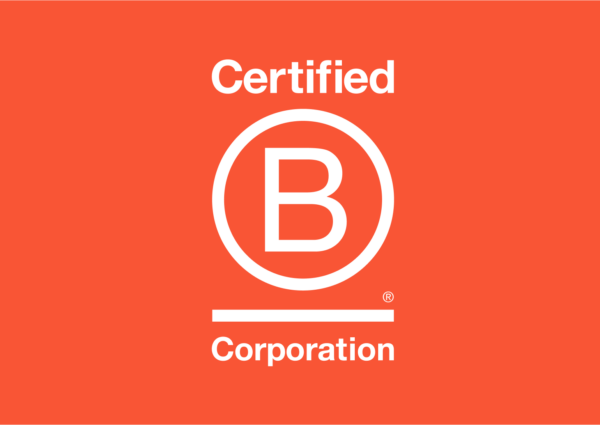Making the most of Mosaic
Alfie Hester • 22nd Apr 2025

Last month we hosted a full house at Everyman cinema for our ‘Making the most of Mosaic’ event, welcoming old and new friends from arts, culture and charity organisations. Co-hosting with one of our research partners, ScotInform, we also welcomed our shared client Scottish Opera to the stage, to present a case study on, amongst other benefits, how utilising Mosaic data can significantly bolster media campaign targeting and outcomes.
It was a great opportunity to catch up, network and discuss opportunities to improve in a sector that faces constant budget cuts yet there’s always pressure to deliver. A well targeted, researched and implemented campaign maximises budget and helps to lighten the load.
Research is a core and integrated component of our media planning and execution. We wanted to demonstrate the strength of segmentation and how it could bring value for local organisations.
What is Mosaic?
Mosaic is a consumer segmentation segment provided by Experian’s first party data offering. It classifies households into distinct demographic, lifestyle, and behavioural groups, updated in real time. The entire population is split into 15 groups with 66 types and up to 2000 data variables based on postcode data. It gives a wealth of data including but not limited to household age, composition, income and daily habits/tendencies.
But why is this relevant for media?
Good question! With a small data input, we can build a picture of your customers, their demographics and daily activities. You have a real chance to fully understand your audience. However, this goes even further. If you took any city as an area, you could look at your audience demographic and map this onto the city at postcode granularity. By looking at your audience breakdown you’re able to see which postcodes index well for customers and focus marketing efforts/budgets there.
But it gets even better. Using the new Mosaic Grand Index you’re able to use the rich data set to access media consumption habits per group. Now we can tell you who your audience are, where they live and what media they consume. This is invaluable data which allows us to get granular with our media buying strategy as we’ve done across multiple campaigns. For example, with Scottish Opera we saw that a particular audience profile travel frequently in taxis … guess where we had tip up seat formats. For the Royal Highland Show we indexed audiences in rural areas, gathered their media habits and targeted them in traditionally hard to reach locations with OOH (Out of Home) posters at local train stations. We can also overlay these audience profiles on Meta to enhance our targeting significantly there. These are just a couple of examples, but the potential is huge.
But why is this relevant for media?
Good question! With a small data input, we can build a picture of your customers, their demographics and daily activities. You have a real chance to fully understand your audience. However, this goes even further. If you took any city as an area, you could look at your audience demographic and map this onto the city at postcode granularity. By looking at your audience breakdown you’re able to see which postcodes index well for customers and focus marketing efforts/budgets there.
But it gets even better. Using the new Mosaic Grand Index you’re able to use the rich data set to access media consumption habits per group. Now we can tell you who your audience are, where they live and what media they consume. This is invaluable data which allows us to get granular with our media buying strategy as we’ve done across multiple campaigns. For example, with Scottish Opera we saw that a particular audience profile travel frequently in taxis … guess where we had tip up seat formats. For the Royal Highland Show we indexed audiences in rural areas, gathered their media habits and targeted them in traditionally hard to reach locations with OOH (Out of Home) posters at local train stations. We can also overlay these audience profiles on Meta to enhance our targeting significantly there. These are just a couple of examples, but the potential is huge.

From a reporting standpoint Mosaic can be very handy. If we use ticket sales data to map an audience and run a targeted campaign, we can then review how the different groups index the following year. i.e. has exposure to the campaign grown a certain audience segment.
Mosaic data is such a useful tool in helping truly understand audiences and report on these. But I think it’s true brilliance comes in learning and applying these audience’s media consumption habits to media campaigns. You can test and report on how your overall campaign has impacted the groups within your segments. It’s granular, it’s hyper-targeted and it’s affordable.
Want to make the most out of Mosaic? Get in touch today and learn how we can help you improve marketing output using Mosaic.


